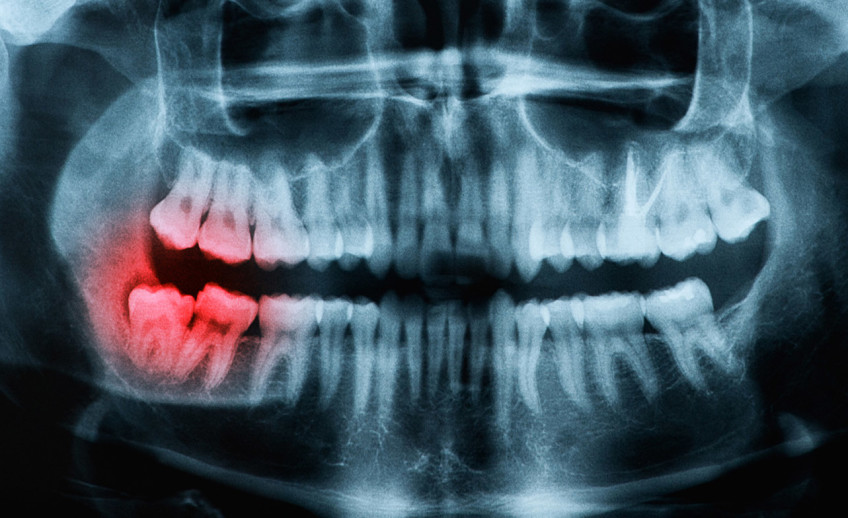A menudo se recomienda quitar las muelas del juicio, cuando las muelas del juicio causan dolor o tienen el potencial de causar dolor o cambiar otros dientes en el futuro. Su dentista puede ayudarle a decidir si las muelas del juicio deben ser eliminadas.
Cada individuo tiene un conjunto completo de treinta y dos dientes, de dieciséis en cada arco. De los treinta y dos dientes, hay ocho incisivos, caninos cuatro, ocho premolares y doce molares. Los primeros molares surgen cuando la persona llega a la edad de seis años y es seguida por los dos incisivos inferiores, apenas unos meses después de eso. Todos y cada uno de los dientes en la boca estalla en un momento determinado y que se supone que ocuparan su lugar en la mandíbula del paciente. Por desgracia, los terceros molares o muelas del juicio no erupcionan hasta que el paciente tiene alrededor de 17 años de edad, por lo que a veces pasa de que el diente no entra en erupción y consigue un impacto.
Un diente impactado es un diente que no erupciona por completo en la boca y puede ser escondido debajo de los tejidos blandos y hueso. La muela del juicio se le da su nombre porque como ustedes ya saben, que estalla entre las edades de 17 a 21 años, cuando el paciente ya está supuestamente sabio. Puesto que son los últimos en erupcionar, a menudo no hay mucho espacio en la mandíbula para acomodarlas.
El tercer molar puede asumir diferentes posiciones bajo el hueso. Podría colocarse horizontalmente (mirando hacia o lejos de la segunda molar), verticalmente o puede estar inclinada ligeramente hacia o lejos de la segunda molar. También podría aparecer en diferentes profundidades dentro del hueso y la posición que el diente toma bajo el hueso va a determinar lo complicado será el procedimiento.

